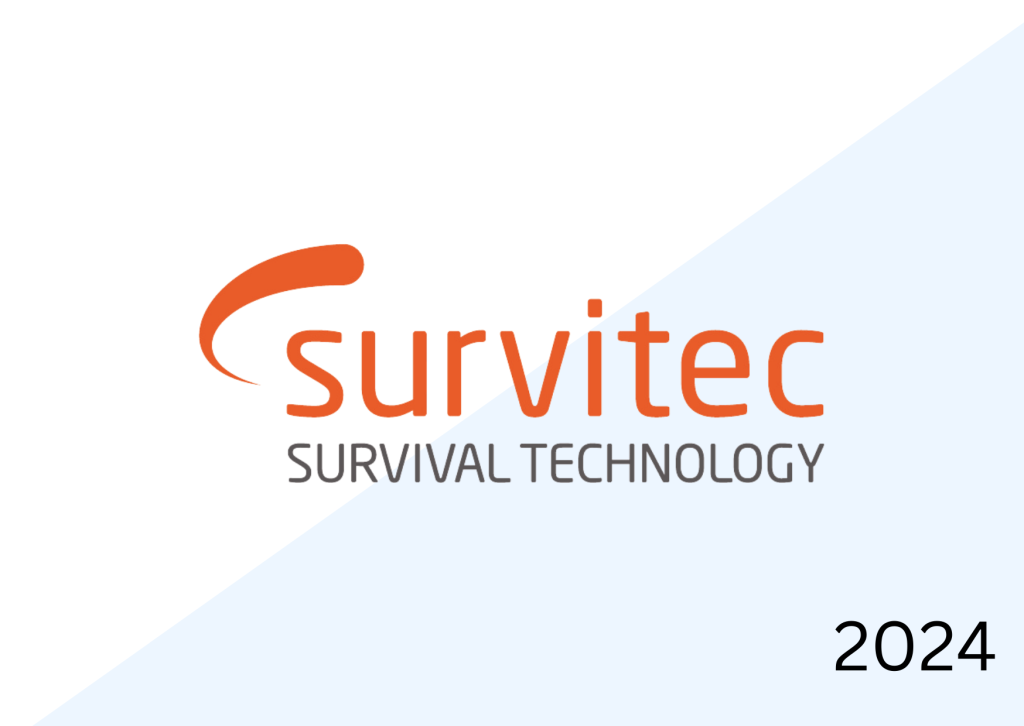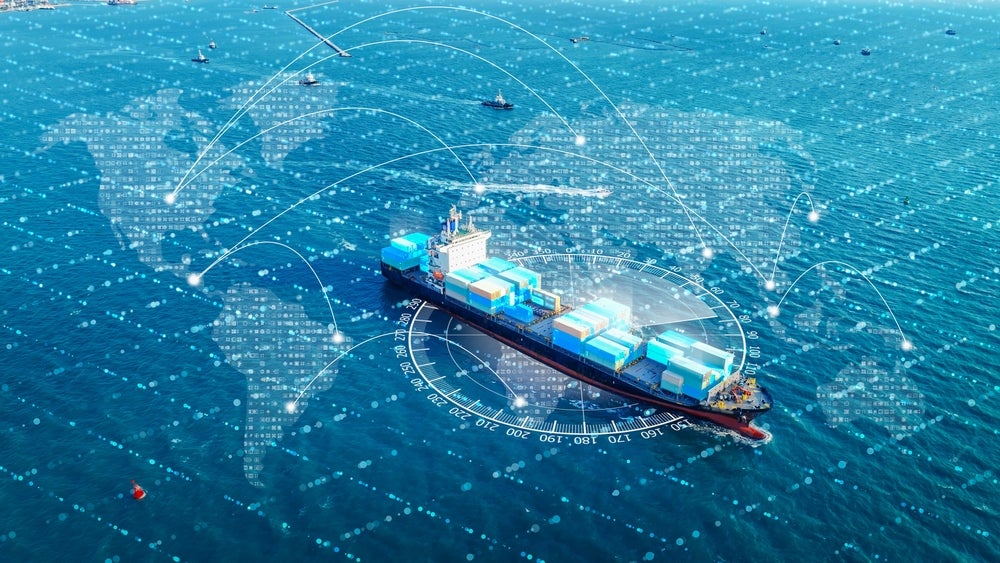
On Tuesday, industry body Maritime UK published the second version of its Code of Practice for maritime autonomous surface ships (MASS).
The Code of Practice is an updated version of a document launched by the UK Maritime Autonomous Systems Regulatory Working Group (MASRWG) in November 2017, which aimed to provide general guidelines for the design, construction and operation of MASS systems up to and including 24m in length.
Featured in the code are new guidelines on operational and evaluation deployment planning, training, the identification and registration of MASS vessels, and qualifications needed for those operating MASS systems.
At a press briefing on Tuesday, MASRWG chair James Fanshawe said that the new code demonstrated that the UK was ‘ahead of the bow wave’ when it came to autonomous vessels, and that it reflected the pace of change that is going on in the industry.
But where does the UK now stand with autonomy since the first version of the code was published, and what needs to happen next?
Technology moving faster than regulation
The MASRWG’s code of practice is a response to growing concerns that technology is moving faster than maritime regulations can adapt. In May this year, the International Maritime Organization (IMO) announced that it had commenced a regulatory scoping exercise to explore how existing regulations could be changed to accommodate semi-autonomous or unmanned ships.
How well do you really know your competitors?
Access the most comprehensive Company Profiles on the market, powered by GlobalData. Save hours of research. Gain competitive edge.

Thank you!
Your download email will arrive shortly
Not ready to buy yet? Download a free sample
We are confident about the unique quality of our Company Profiles. However, we want you to make the most beneficial decision for your business, so we offer a free sample that you can download by submitting the below form
By GlobalDataCountries in Europe and the Far East have already initiated ambitious projects in the autonomy sphere. In 2020, agricultural firm YARA is set to launch the world’s first autonomous electric container vessel, which it claims will gradually move from manned operation to fully autonomous by 2022.
In the UK, researchers in autonomy hotspots such as Plymouth and Southampton have been exploring the potential of MASS vessels in numerous activities – particularly in the field of hydrographic surveys. Included in the new Code of Practice is a map showcasing more than 40 major hotspots for UK autonomous development across the UK.
Dan Hook is the senior director of business development at autonomy specialist L3 ASV. He says that in the last five years autonomous vessel development has moved from niche research projects undertaken by universities to commercial prospects around the world.
“We went from an R&D community where you were generally only testing on restricted waters or carefully controlled waters for a very short period of time, to an industry that’s out there commercially signing contracts and doing things,” he says.
Hook says the code has been ‘fantastic’ as it gives companies a ‘quality barrier’ they can show to companies when acquiring new contracts.
“For a lot of the companies buying these systems, it’s the first time they’ve ever bought an unmanned service vehicle or a MASS,” he says. “So having this as something they can work with has really helped.”
Training and skills
One major concern about autonomy has been the impact it will have on jobs in the maritime industry. However, Hook says that many seafarers have changed their attitudes regarding autonomy after seeing the ways that technology can supplement maritime activities, rather than seek to cull jobs.
“Autonomous doesn’t mean the end of mariners – that’s a key message,” says Fanshawe. “All the way through, the autonomy sector has been developing stuff that is of common utility to everyone and I think the real benefit in that lies in safety for everyone at sea.”
The International Chamber of Shipping (ICS) recently released a new study on the potential effects of autonomous ships on the role of seafarers, which indicated that there will be no shortage of jobs for seafarers, especially officers, in the next two decades.
Nevertheless, experts at the press briefing contended that nurturing skills in the industry will be vital for the future, and that this should involve a boosted effort to attract younger people into the field.
“Getting people with expertise in coding, machine vision and sensor processing into the marine industry is tough because they are all being attracted to the car industry and the air industry, let alone finance,” says Hook. “So we’re putting quite a lot of effort into competitions and trying to support universities to get the students interested in marine.”
One of the new focuses in the updated Code of Practice has been on operator standards of training and competence, with a new table identifying key training areas for MASS operations. This is in addition to a new template that can be used by companies trialling MASS systems.
The role of government
Maritime UK has advocated the potential that autonomous vessels could have for coastal or short-sea shipping. However, it contends that continued collaboration with the government will be vital to the UK retaining its place at the autonomy table.
Earlier this year, the UK’s Department for Transport (DFT) launched a call for evidence, seeking views from the sector on Maritime 2050 – the UK’s long-term strategy covering challenges and opportunities for the sector – in which autonomy is set to play a role.
Recently, the government funded an L3 ASV project into the characteristics of navigational data and charts, in order to promote the development of a new ‘Smart Chart’ system for autonomous vessels.
“In the last two years, in particular, the government has really improved its thinking, awareness and commitment to the maritime sector,” says Maritime UK director Ben Murray. “More people have been brought together. You wouldn’t have seen this kind of engagement three or four years ago.
Looking to the future
At the IMO’s 100th Maritime Safety Committee (MSC) meeting this December, the MSC is expected to consider the report of a correspondence group tasked with testing the ‘framework and methodology’ of its ongoing scoping exercise.
The updated code of conduct is still applicable to vessels under 24m long so as to not broach the regulatory turf of this IMO process. However, it also claims to ‘establish some principles and guidance which will also be applicable for those operating larger vessels’. This aspect, as well as the unique nature of the document amongst seafaring nations, gives the UK an edge in the move towards autonomous vessels according to Fanshawe.
He says the MASRWG has been hearing ‘slightly different messages’ about the progress of the scoping exercise, but the ‘mere fact that IMO is doing this work is having a very positive impact around the world amongst the wider community of mariners’
“As the scoping exercise develops, we will need to make sure that we stay in step with that,” he adds.
The UK is shouting loudly about the potential of autonomous vessels, and taking strides to distinguish itself as a leader in this burgeoning field. However, whether the IMO can overcome the regulatory hurdles governing international waters is another question entirely.







